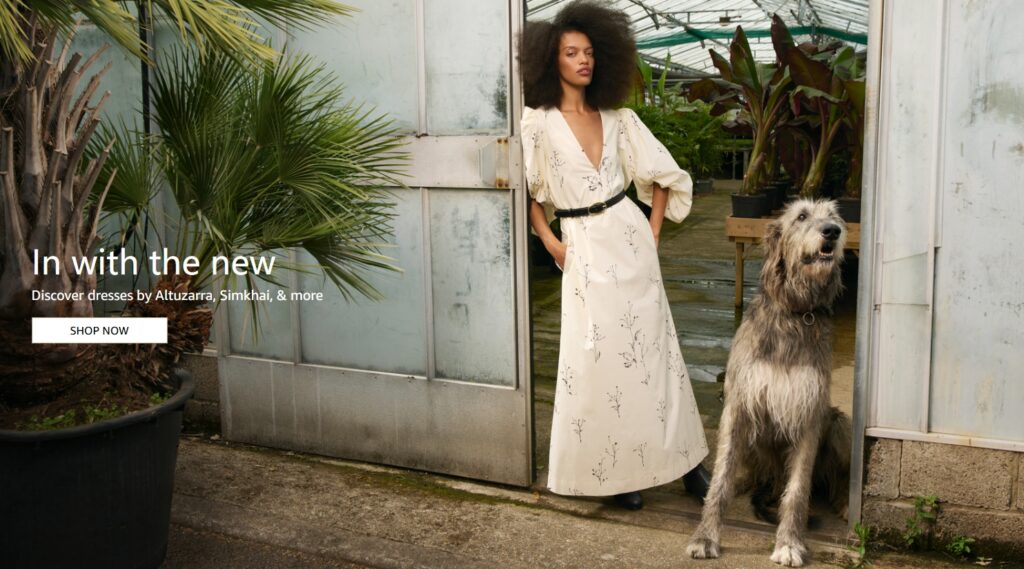Beyond the Tears: What Your Baby is Really Trying to Tell You
For new parents, the sound of a baby’s cry can feel like a high-stakes puzzle. Is it hunger? A dirty diaper? Or just the need for a cuddle? While crying is a primary means of communication, your baby is actually speaking a complex “secret language” long before their first words. Learning to decode their early sounds and cues is one of the most rewarding parts of early parenthood.
The Building Blocks of Baby Talk
From the moment they are born, babies are hardwired to communicate. Their sounds evolve rapidly in the first year, and researchers have categorized these early vocalizations into distinct stages:
- Reflexive Sounds (0-2 months): This includes crying, coughing, sneezing, and grunting. These are primarily instinctual responses to physical needs or discomfort.
- Cooing and Gurgling (2-4 months): As your baby discovers their vocal cords, you’ll be rewarded with delightful “oohs,” “aahs,” and soft gurgles, often in response to your smiling face or voice. This is a sign they are happy and engaged.
- Vocal Play (4-6 months): Get ready for raspberries, squeals, and growls! This stage is all of your baby experimenting with volume, pitch, and the feel of their mouth and tongue. It’s the crucial practice ground for future speech.
- Babbling (6+ months): The iconic “bababa,” “dadada,” and “mamama” emerge. This canonical babbling is a huge milestone, showing that your baby is learning the specific syllables of their native language.
A Quick Guide to Common Cries
While every baby is unique, many parents notice patterns in their infant’s cries. Here’s a quick cheat sheet:
- The Hunger Cry: Often a short, low-pitched cry that is rhythmic and repetitive. It may start as a fussy murmur and build in intensity.
- The “I’m Uncomfortable” Cry: This is a whiny, nasal, continuous cry. It could signal a wet diaper, being too hot or cold, or just general grumpiness.
- The Pain Cry: This cry is sudden, loud, and long, followed by a long pause as the baby holds their breath, then another long, high-pitched wail. It’s unmistakably urgent.
- The Tired Cry: Often a soft, fussy cry accompanied by rubbing eyes, yawning, or looking away. It’s their way of saying, “I need a quiet place to sleep.”
Remember, the most important tool for decoding cries is context. Pair the sound with what’s happening around them and how long it’s been since their last feed or nap.
How to Talk Back and Build Connection
You are your baby’s favorite person and most important teacher. Here’s how you can encourage their communication skills:
- Narrate Your Day: “Now Mommy is cutting the carrots. Look at the orange carrots!” This constant exposure to language is invaluable.
- Engage in “Serve and Return”: When your baby coos, coo back. When they babble, pause and respond as if in conversation. This teaches the fundamental turn-taking of communication.
- Read Every Day: Don’t worry about finishing the book. Point to pictures, make funny sounds, and let them pat the pages. It’s about building a positive association with language.
- Sing Songs: The rhythm and melody of music are captivating for a baby’s brain. Plus, “Itsy Bitsy Spider” never gets old (for them, at least!).
Embrace the Journey
Don’t get too caught up in charts and timelines. Every baby develops at their own pace. The goal isn’t to have the first talker on the block, but to build a strong, connected relationship where your child feels heard and understood, even before they can formally say the words.
What was the most surprising sound your baby made? Share your stories in the comments below!

